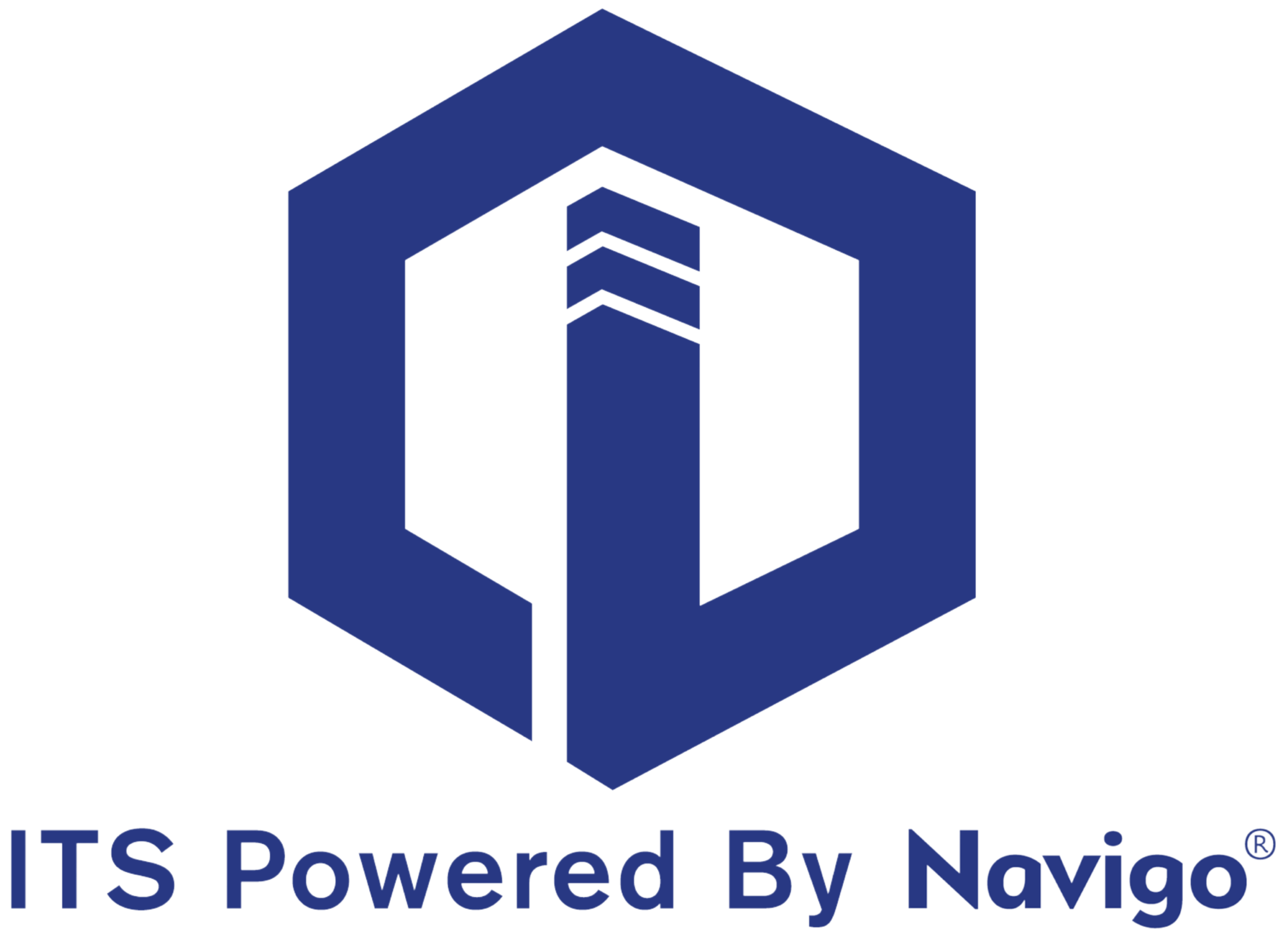Headquarters
7150 Columbia Gateway Drive, Suite L, Columbia, MD 21046
New York Location
112 West 34th Street, 18th floor, Room 18025 New York, NY 10001

Proud member

In today's security-conscious and digitally-driven world, managing visitors efficiently and securely has become a top priority for organizations across industries. Be it a bustling corporate office, a healthcare facility, or an educational institution, ensuring smooth visitor flow while maintaining safety measures is paramount. This pressing need has led to the emergence of Visitor Management Systems (VMS), innovative solutions that streamline the process of welcoming, tracking, and overseeing guests. Let's delve into the core essence of Visitor Management and unlock the intricate mechanisms behind how Visitor Management Systems work.
Visitor Management refers to the practice of monitoring and controlling the entry of individuals into a premise or facility. Traditionally managed through logbooks and manual processes, modern advancements have given rise to digital Visitor Management Systems. These systems amalgamate hardware and software components to create a seamless visitor experience while tightening security protocols.
Visitor Management Systems kick-start the process with pre-registration functionalities. This allows hosts or visitors themselves to input their details via an online portal or app before arriving at the premises. Information typically includes names, contact details, purpose of visit, and scheduled time.
Upon arrival, visitors interact with the system at designated check-in points. Depending on the sophistication of the system, check-in can be as simple as scanning a QR code or as comprehensive as using biometric identification methods for verification.
Visitor Management Systems generate visitor badges or access credentials once check-in is completed. These badges often include visitor names, photos, date, time of entry, and destination within the facility. Integrated with access control systems, these badges regulate which areas visitors can access, enhancing security measures.
Simultaneously, the system notifies the host or concerned personnel about the visitor's arrival, either through emails, SMS, or notifications on dedicated apps. The host can then approve, deny, or manage the visitor's access remotely, ensuring real-time control over visitor permissions.
Throughout the visitor's stay, the system monitors their movements within the premises, logging entry and exit times. This real-time tracking aids in maintaining a comprehensive record of visitor activities, crucial for security audits or compliance purposes.
Upon departure, visitors complete the check-out process through the VMS, confirming their exit. The system then archives this data for future reference, maintaining a historical record of all visitor interactions and movements.
VMS significantly bolsters security measures by monitoring and controlling visitor access. With detailed records and restricted access, it becomes easier to identify and manage potential security threats.
Replacing manual logbooks with automated systems streamlines the check-in and check-out procedures, reducing wait times and enhancing the overall visitor experience.
For industries with strict compliance standards, such as healthcare or finance, VMS ensures adherence to regulations by maintaining accurate visitor logs and data retention policies.
The collected data can be utilized for analytics purposes, offering insights into visitor patterns, peak visitation times, and areas of interest within the facility. This information aids in resource allocation and future planning.
As technology advances, Visitor Management Systems continue to evolve. Integration with artificial intelligence (AI) for facial recognition, IoT-enabled devices for seamless check-ins, and mobile-based solutions for contactless interactions represent the future of VMS.
Visitor Management Systems stand as a testament to the fusion of convenience and security in modern-day access control. By revolutionizing traditional methods and embracing digital solutions, organizations can efficiently manage their visitors while fortifying their premises against potential risks. Understanding the inner workings of these systems unveils their pivotal role in safeguarding spaces while ensuring a welcoming and streamlined experience for all visitors.
Explore itouchinc.com for more information on our solutions or contact us for needs unique to your property or project.
7150 Columbia Gateway Drive, Suite L, Columbia, MD 21046
112 West 34th Street, 18th floor, Room 18025 New York, NY 10001

Proud member
Toll-Free
Phone
© Copyright 2025 ITS, Inc. All rights reserved.
Stay in touch with the latest news and updates from ITS, Inc.
7150 Columbia Gateway Drive, Suite L
Columbia, MD 21046
112 West 34th Street, 18-025
New York, NY 10001